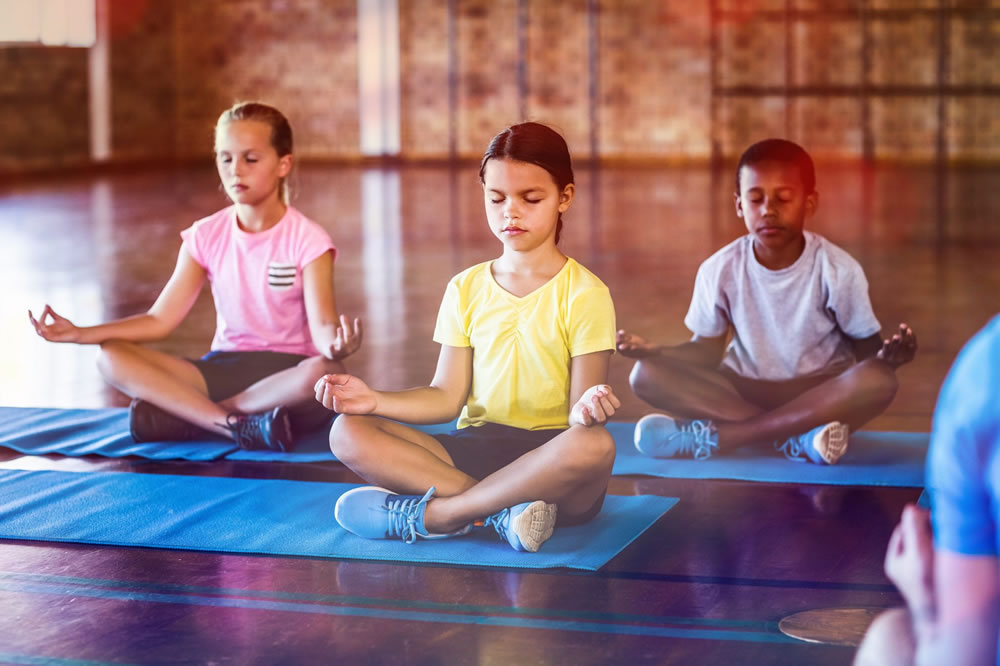Movement and learning combine to spark student success
Students are better able to focus when they have time for movement and learning--and these strategies can be used at home while schools are closed
I teach third grade in an inclusive classroom at James H. Vernon School in East Norwich, N.Y., along with my co-teacher, special education instructor Jennifer Spelatis. We have 22 students, all of whom have varying academic needs. Some read below grade level while others excel. Some have IEPs, and some have behavioral challenges — our classroom runs the gamut.
Jennifer and I teach side by side all day, either in small groups or by pulling students out for one-on-one instruction, depending on their needs. We try to use as many engaging resources as possible. We’re always looking for additional resources to help us teach science and social studies in particular. We started using on-demand video curriculum from Adventure 2 Learning two years ago, and our students were engaged from the start.
While the service includes several different types of videos covering a wide range of topics, the Adventure to Fitness videos really capture students’ attention while combining movement and learning in healthy and productive ways. In these videos, students learn about social studies, geography, science and other topics as they embark on adventures with their guide, Mr. Marc. Students run, jump and swing their arms right along with Mr. Marc as he travels through ancient China, journeys to the Himalayas, or tracks wildlife in Tasmania.
Why do students need to move?
Research links physical activity to academic performance and achievement. For instance, Dr. John J. Ratey, an associate clinical professor of psychiatry at Harvard Medical School, has investigated at length the relationship between movement and learning.
Students’ brains tend to go on autopilot if they sit still for more than 20 minutes, but moving around boosts blood flow to the brain. This stimulates cognitive activity, helping students focus, learn and retain information, and tap into their creative abilities, according to Ratey’s research. And these benefits last well after students have stopped exercising.
Our students come back from lunch at 12 p.m. and go straight through until 2:40 p.m. During that time, we’re expected to cover three different subjects. We use Adventure to Fitness videos to get our students up and moving and help their brains prepare for more learning.
We’ve found that students are more focused and are better able to learn and absorb information when they have a chance to move around. Some of our students struggle with attention, and this gives them the extra focus they need. It helps them clear their heads and center their minds for the afternoon subjects ahead.
This extra movement also gives students exercise or activity they might not get at home — especially today when, unfortunately, many children are on screens for most of the day.
Saving precious time while students learn
One of the biggest benefits we see from these videos is that students are exercising at the same time they’re learning. This physical movement helps drive home the concepts we’re covering in class.
What’s more, we’re saving valuable time because we’re able to teach content while students are up and moving. We really appreciate having a resource that allows students to learn and be active at the same time.
Students love the chance to get up and move as Mr. Marc travels the globe, even if it’s just for 20 minutes — and they always learn something exciting. To hear them declare that they had a fun day at school is just what we, as teachers, want from our students.
